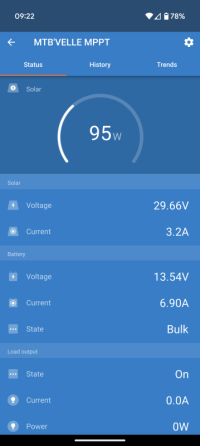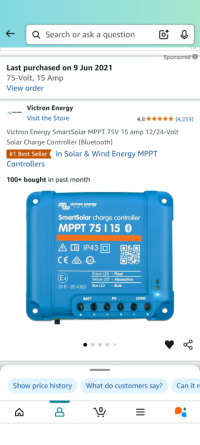That will depend on you're panel...Thanks. That sounds a bit "once started - no going back" lots of problems.
So from the top surface of the pop top to the bottom of the void underneath it, I would need about 40mm.
Will have to see what I can work out at the weekend.
Mine was around 35mm from the underside of the panel to the bottom of the rear gland with the radius of the cable.







